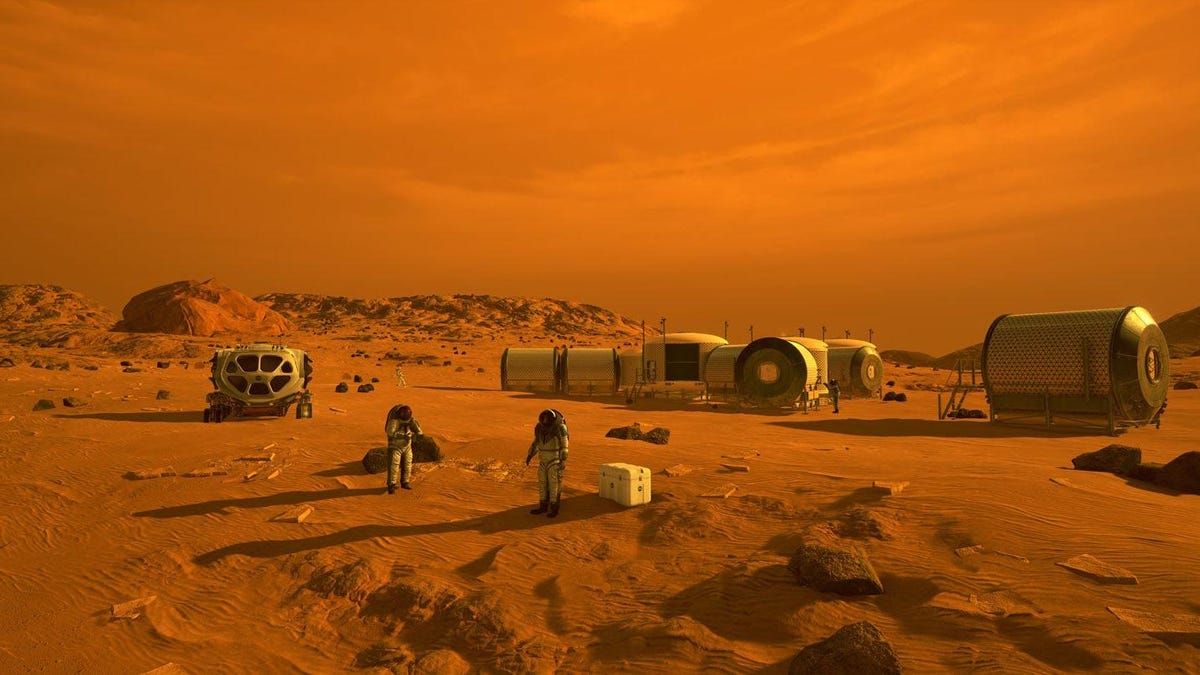Get the latest tech news
A 378-day Mars simulation changed this Canadian scientist's outlook on life
When Kelly Haston emerged from NASA's Mars simulation project, she was met with flashing cameras, beaming colleagues and vigorous applause. It was a stark change from the previous 378 days, during which she and her three crew members shared a 157-square-metre habitat meant to simulate an eventual mission to Mars.
That meant suiting up and going on simulated "Marswalks," growing and harvesting veggies to supplement their diet, gathering data about their own health, maintaining their habitat and their equipment, and generally getting by every day on limited resources, isolation and delays in communication of up to 22 minutes with anyone on the outside. The crew played board games and table tennis, threw each other birthday parties, gave each other haircuts, celebrated holidays together and sat down every day to share meals — made, in part, from ingredients they'd grown as a team. That odd family included Jones, a physician and the crew's medical officer, who said in a NASA press release that the journey taught him to slow down, live in the present, and explore his creativity through drawing.
Or read this on Hacker News


